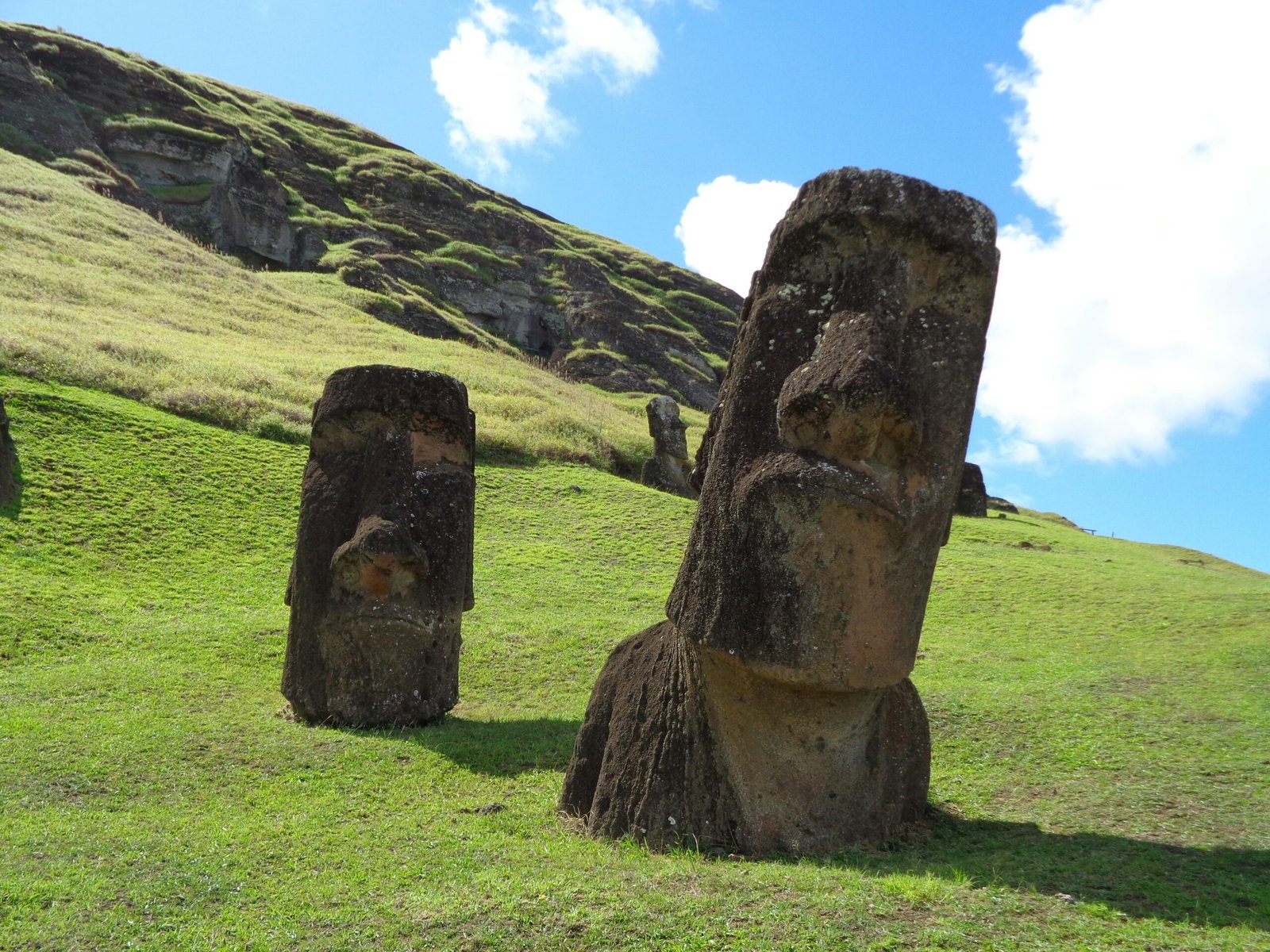1722: Dutch Navigator Jacob Roggeveen Discovers Easter Island
On the 5th of April, 1722, Dutch navigator Jacob Roggeveen achieved a significant milestone in history when he became the first European to set eyes on Easter Island. This remote island, located in the southeastern Pacific Ocean, had remained hidden from the world until Roggeveen’s groundbreaking discovery.
The sighting of Easter Island was a moment of great excitement and curiosity for Roggeveen and his crew. As they approached the island, they were greeted by the sight of towering moai statues, which served as evidence of a complex and isolated society that had once thrived on the island.
The discovery of Easter Island not only expanded the European maps of the world but also sparked intrigue and speculation about the origins and history of the enigmatic sculptures and the people who created them. The moai statues, with their distinctive features and massive size, raised questions about the civilization that had constructed them and the purpose they served.
Since Roggeveen’s initial sighting, numerous expeditions and studies have been conducted to unravel the mysteries of Easter Island. Scholars and archaeologists have delved into the island’s history, seeking to understand the culture, beliefs, and practices of its ancient inhabitants.
One of the most intriguing aspects of Easter Island’s history is the sheer number of moai statues that dot the landscape. These statues, carved from volcanic rock, range in height from a few feet to over 30 feet. The precision and craftsmanship involved in creating these massive statues is a testament to the skill and dedication of the island’s artisans.
The purpose of the moai statues has been a subject of much debate among researchers. Some theories suggest that they were created to honor ancestors or represent powerful tribal leaders. Others propose that the statues had a spiritual significance, serving as intermediaries between the living and the dead.
In addition to the moai statues, Easter Island is also known for its unique writing system known as Rongorongo. This script, consisting of intricate glyphs carved into wooden tablets, has yet to be fully deciphered. The study of Rongorongo provides further insight into the island’s ancient culture and language.
To better understand the history and significance of Easter Island, archaeologists have conducted extensive excavations and surveys. These efforts have revealed evidence of a once-thriving society with a complex social structure, agricultural practices, and a rich artistic tradition.
The isolation of Easter Island, located over 2,000 miles from the nearest inhabited land, has presented challenges for researchers. However, advancements in technology and international collaboration have enabled a deeper exploration of the island’s past.
In recent years, DNA analysis has shed light on the origins of the island’s inhabitants. Studies have revealed that the Polynesians, specifically the Rapa Nui people, were the original settlers of Easter Island. This finding supports the theory that the island was colonized by Polynesian voyagers who navigated the vast Pacific Ocean.
The discovery of Easter Island by Jacob Roggeveen in 1722 marked the beginning of a new chapter in the island’s history. It opened the doors to further exploration and research, allowing us to uncover the secrets of this remote and enigmatic place. The moai statues, Rongorongo script, and the ancient civilization that once thrived on the island continue to captivate the imagination of scholars and visitors alike.
By exploring these resources, you can delve deeper into the historical significance of Easter Island and the ongoing efforts to preserve and understand its unique cultural heritage.

